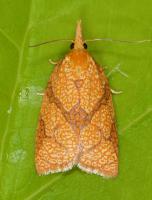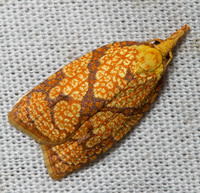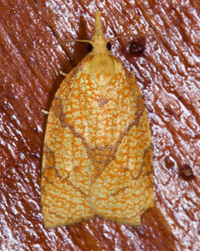
| Recorded by: Jim Petranka on 2025-07-24
Madison Co.
Comment: | 
| Recorded by: Mark Basinger on 2025-07-20
Brunswick Co.
Comment: |

| Recorded by: Mark Basinger on 2025-07-12
Rowan Co.
Comment: | 
| Recorded by: Jeff Niznik, David George, Larry Chen, Sarah Toner, Joye Zhou on 2025-06-20
Richmond Co.
Comment: |

| Recorded by: Mark Basinger on 2025-06-03
Brunswick Co.
Comment: | 
| Recorded by: Mark Basinger on 2025-06-02
Brunswick Co.
Comment: |
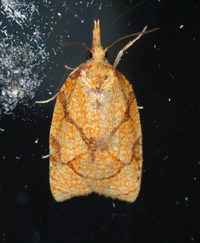
| Recorded by: Jim Petranka on 2024-08-13
Madison Co.
Comment: | 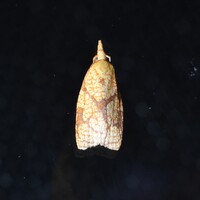
| Recorded by: David George, Jeff Niznik on 2024-08-05
Transylvania Co.
Comment: |
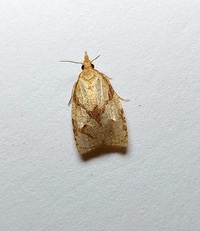
| Recorded by: Mark Basinger on 2024-08-04
Mitchell Co.
Comment: | 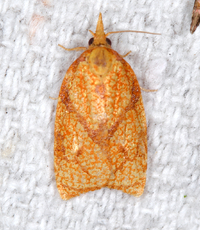
| Recorded by: Jim Petranka on 2024-07-31
Madison Co.
Comment: |
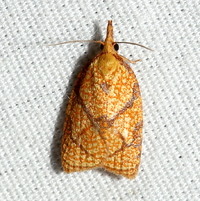
| Recorded by: David George on 2024-07-15
Chatham Co.
Comment: | 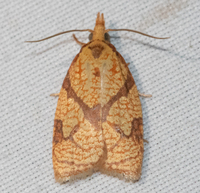
| Recorded by: Emily Stanley on 2024-07-07
Buncombe Co.
Comment: |
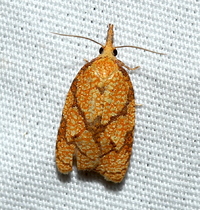
| Recorded by: David George on 2024-07-04
Chatham Co.
Comment: | 
| Recorded by: David George, Jeff Niznik, Stephen Dunn on 2024-06-29
Chatham Co.
Comment: |
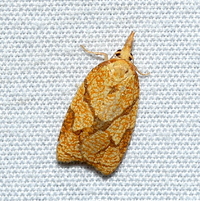
| Recorded by: David George, Jeff Niznik, Stephen Dunn on 2024-06-29
Chatham Co.
Comment: | 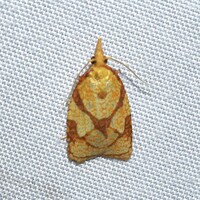
| Recorded by: Jeff Niznik on 2024-06-26
Orange Co.
Comment: |
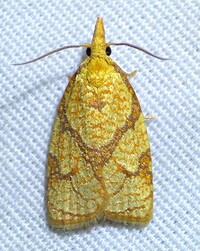
| Recorded by: Dean Furbish, Lior S. Carlson on 2024-06-25
Orange Co.
Comment: | 
| Recorded by: David George, Stephen Dunn, Jeff Niznik, Patrick Coin on 2024-06-22
Chatham Co.
Comment: |

| Recorded by: Mark Basinger on 2024-06-18
Brunswick Co.
Comment: | 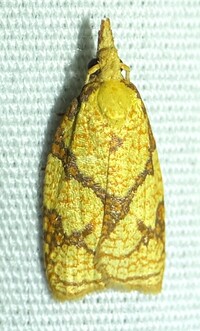
| Recorded by: Dean Furbish, Lior S. Carlson on 2024-06-17
Lincoln Co.
Comment: |

| Recorded by: Jim Petranka and Becky Elkin on 2023-08-23
Madison Co.
Comment: | 
| Recorded by: tom ward on 2023-08-21
Buncombe Co.
Comment: |
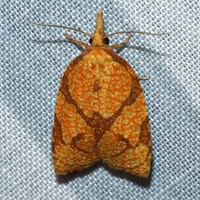
| Recorded by: David George, Stephen Dunn, Jeff Niznik on 2023-08-18
Caswell Co.
Comment: | 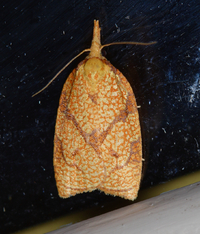
| Recorded by: Jim Petranka on 2023-08-18
Madison Co.
Comment: |

| Recorded by: David George, Stephen Dunn, Jeff Niznik on 2023-07-31
Macon Co.
Comment: | 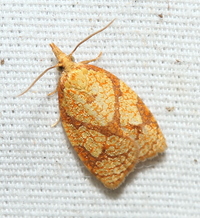
| Recorded by: David George, Stephen Dunn, Jeff Niznik on 2023-07-31
Swain Co.
Comment: |

| Recorded by: K. Bischof on 2023-07-31
Transylvania Co.
Comment: | 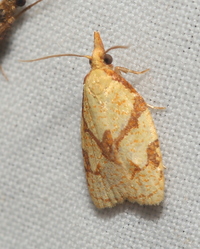
| Recorded by: David George, Stephen Dunn, Jeff Niznik, Rich Teper, Becky Watkins on 2023-07-29
Swain Co.
Comment: |
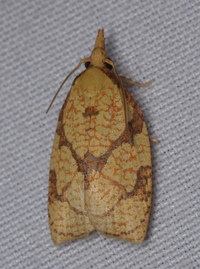
| Recorded by: Jeff Niznik, Stephen Dunn on 2023-07-26
Chatham Co.
Comment: | 
| Recorded by: Jeff Niznik on 2023-07-25
Durham Co.
Comment: |
|

 »
»